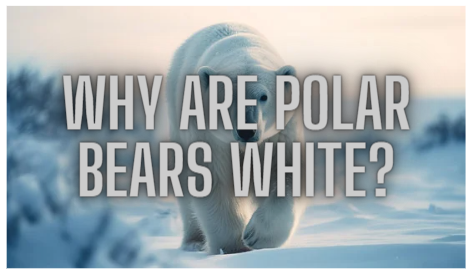Polar bears have a white coloration that serves as camouflage in their Arctic environment. The primary reason for their white fur is to help them blend into the snowy landscape and remain inconspicuous while hunting their prey.
The fur of a polar bear actually has no color pigment. Each hair shaft is transparent and hollow, which allows it to scatter and reflect light. This unique structure results in a white appearance. The hollow hairs also help to insulate the bear’s body by trapping air, providing an additional layer of warmth in the cold Arctic climate.
The white coloration of polar bears provides them with several advantages in their icy habitat. It helps them to blend in with the snow and ice, making them less visible to their prey, such as seals. This camouflage allows polar bears to get closer to their prey before launching an attack, increasing their chances of a successful hunt.
Can Polar Bears Fur Be Yellow?
The fur of polar bears can appear yellowish under certain conditions. The outer guard hairs of a polar bear’s fur are actually transparent and lack pigment, which gives them a white appearance. However, these hairs can become discolored or appear yellowish due to various factors.
One reason for the yellowish tint in a polar bear’s fur is staining from environmental factors. When a polar bear comes into contact with certain substances like mud, dirt, or algae, it can cause discoloration of the fur. This staining is temporary and can be washed away when the bear cleans itself or swims in water.
Another reason for a yellowish appearance is due to aging. As polar bears age, their fur can gradually turn yellowish or cream-colored. This discoloration is thought to be caused by the oxidation of the fur over time.
Are There Any Other Colour Polar Bears?
No, there are no other naturally occurring colors of polar bears. Polar bears are typically characterized by their white fur, which helps them blend into the snowy Arctic environment. While their fur can appear yellowish under certain conditions, such as staining or aging, it is not considered a distinct color variation.
That being said, it’s worth mentioning that there have been rare cases where polar bears have exhibited a different coloration due to genetic variations or anomalies. For example, there have been reports of polar bears with a cream-colored or light brown fur, known as “blond” or “cinnamon” bears. These variations are extremely rare and are not considered typical color variations for polar bears.

